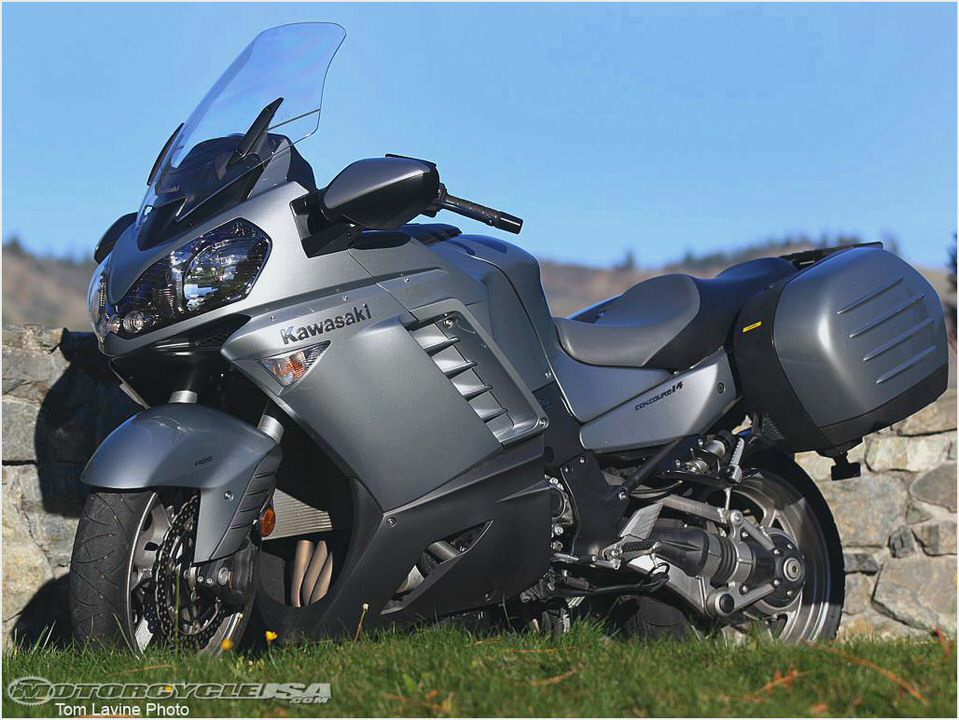
2008-2012 Kawasaki Concours 14 | Smart Money
Kawasaki’s original Concours, the ZG1000, charmed a generation of sport-touring riders with its simplicity, ruggedness, and low cost. But 20 years after the C10’s debut, “cheap and simple” was code for “old and undesirable,” so in 2007 Kawasaki retired the trusty war horse and trotted out the Concours 14, a redesign from the contact patches up aimed at cutting-edge sport-tourers from Japan and Europe.
Like the C10, with its Ninja 1000R-derived four-cylinder powerplant, the C14 takes the second word in “gentleman’s express” seriously. Its 1352cc, ZX-14-based engine boasts dual balance shafts, variable valve timing, and an honest 130 horsepower fed to the road through a six-speed transmission and shaft drive. Even at 650 pounds, the big Connie does the two-lane two-step with remarkable agility, thanks in large part to the Tetra-Link rear suspension, which quells the jacking tendency common to some shafties.
Kawasaki’s hopes that the C14 would be a hot seller were realized all too literally when early models roasted riders with engine heat. In 2010, the fairing and an exhaust guard were upgraded, resulting in a cooler ride. That same year, ABS models came with KTRC traction control, and in 2011, ABS/KTRC become standard equipment.
A taller windscreen that reduced turbulence also debuted on the ’10 C14, as did repositioned mirrors, a high-mileage fuel map, and standard heated handgrips. Aftermarket support for the C14 is robust.
For riders looking to add a Concours 14 to their stable, there are a few red flags to watch out for during the driveway inspection. The C14’s engine is as reliable as its predecessor’s but, according to Fred Harmon, technical editor of the Concours Owners Group, some are prone to oil leaks from the valve-cover gasket on the left front side. Checking for the smell of burning oil is standard procedure when starting up any used bike you’re thinking of buying, but take special note with used C14s that might have oil dripping onto the exhaust system.
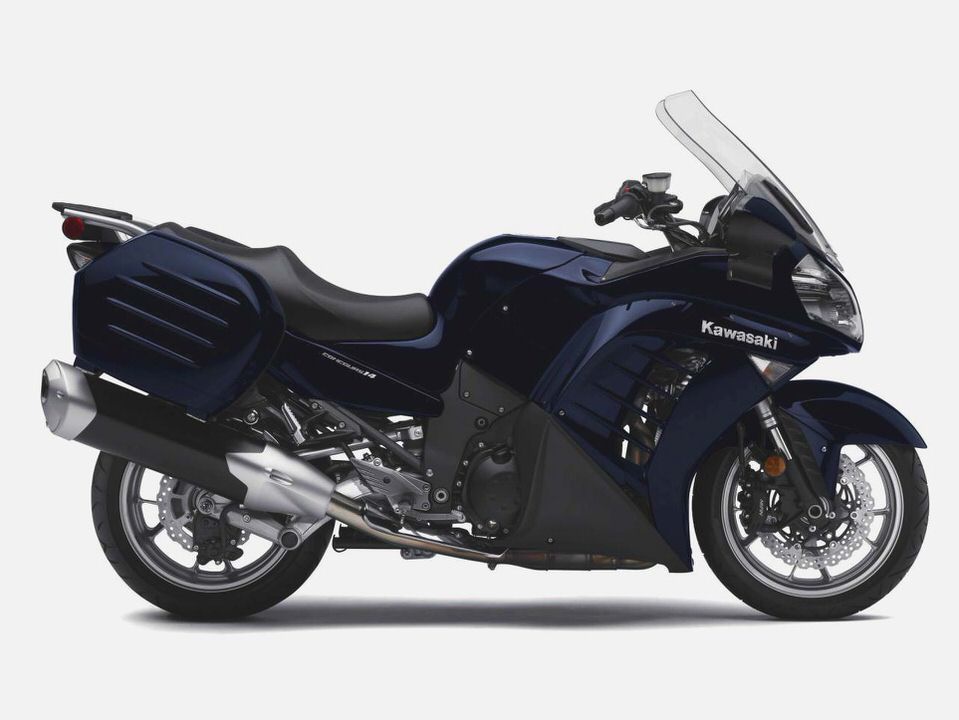
Because the front brake rotors sometimes warp, keep an eye out for the lever pulsing as you hit the binders. The rear brake pedal sticks on some bikes, so inspect the rotor for discoloration that indicates overheating. This can damage the rear brake caliper and wheel bearings, not to mention torching the brake pads––check them all if the rotor has “the blues.
A tire pressure monitoring system (TPMS) is standard. Watch out for tire-pressure sensors with low or defective batteries. An indicator on the dash shows if the batteries are healthy. Harmon says that with a little creative soldering the batteries can be replaced. He also advises budgeting for a horn upgrade, as Concours have come with anemic horns from the very first.
And early model KIPASS keyless ignition switches can be sticky, so make sure it works before you sign on the dotted line.
The 2008 model has three active recalls, one each for weak saddlebag latches, the previously mentioned sticky rear brake pedal, and the rear carrier platform. It’s unlikely that a bike that old hasn’t already had the recall work done, but it’s worth asking about anyway.
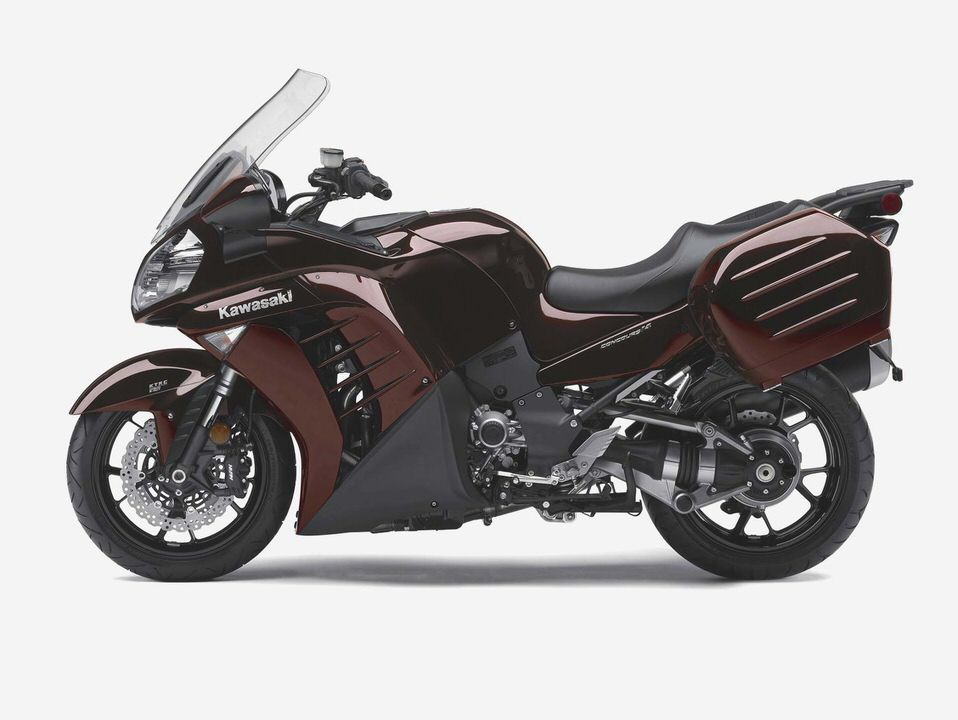
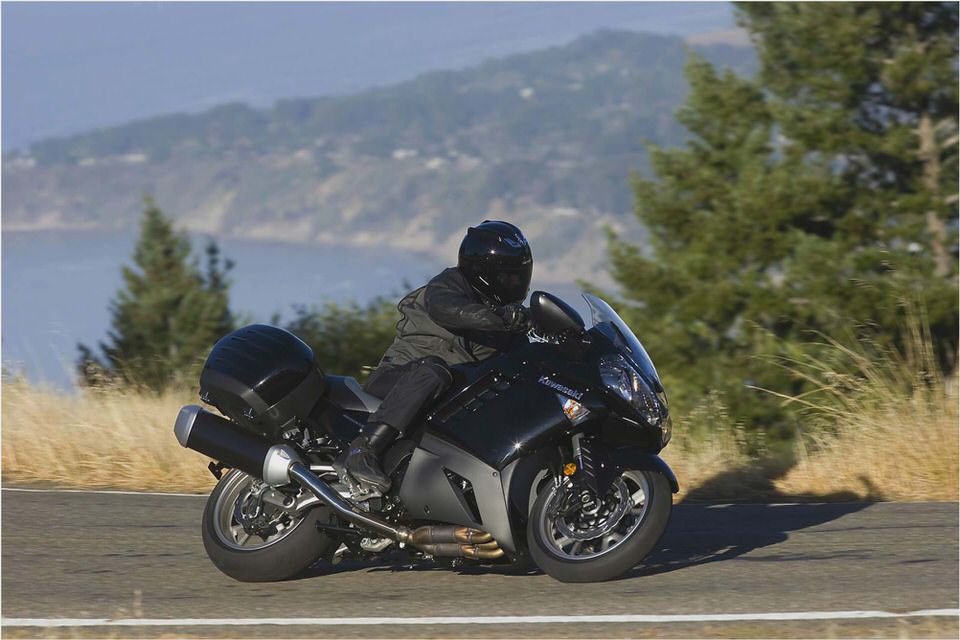
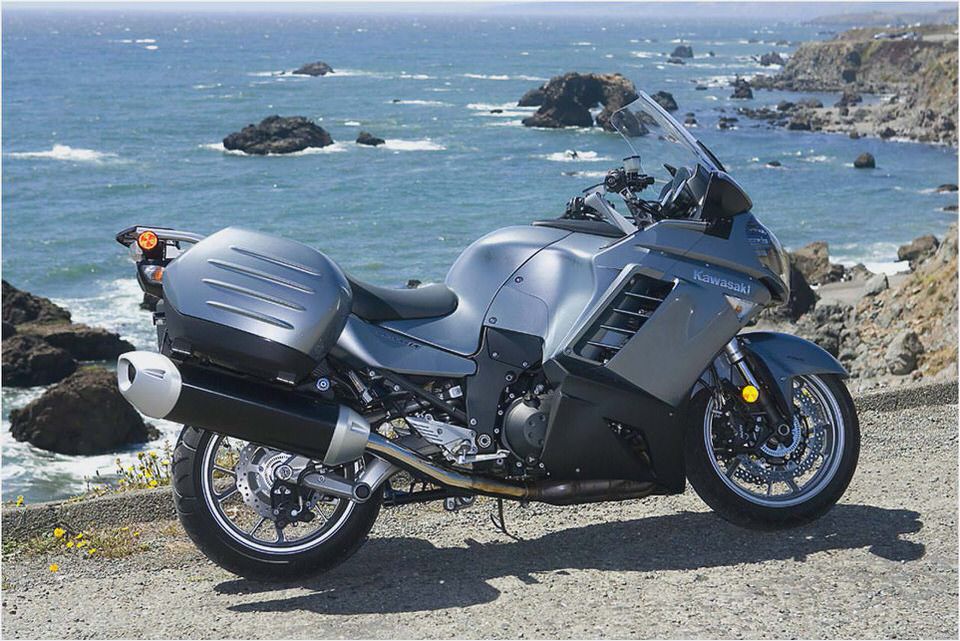
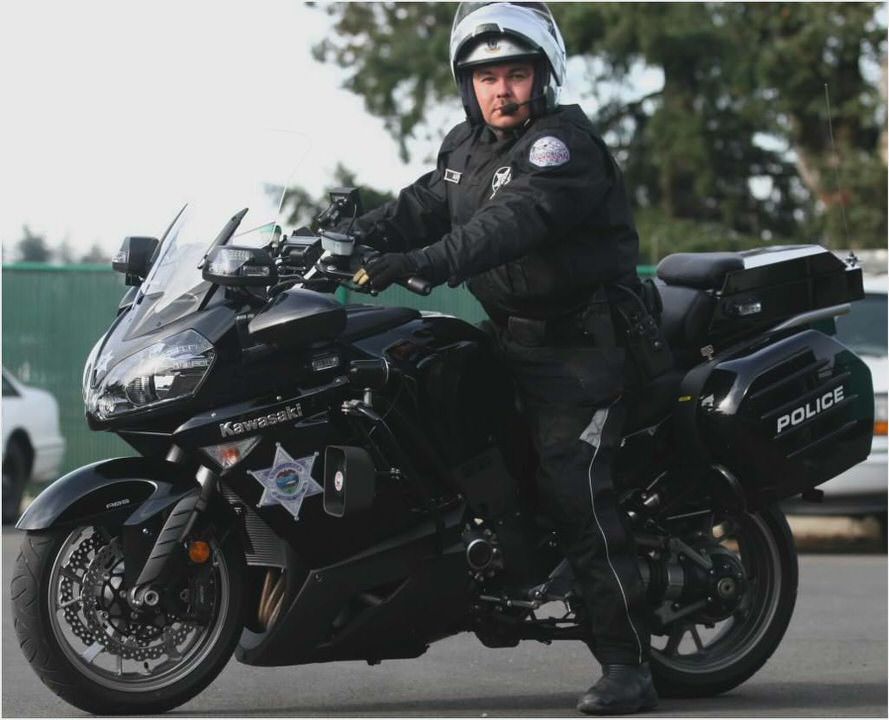
- 2000 Kawasaki Drifter Specifications eHow
- Kawasaki Versys 650 2008 / 2009 Motorcyle Review at Seastar – Kawasaki…
- 2006 Honda 599, Ninja 650R, Suzuki SV650S, Yamaha FZ6 Comparison
- What and when is the Kawasaki ZZR-X : Kawasaki ZX Forums: Kawasaki Ninja Forum
- Crazy for 2013 Kawasaki ZX6R
